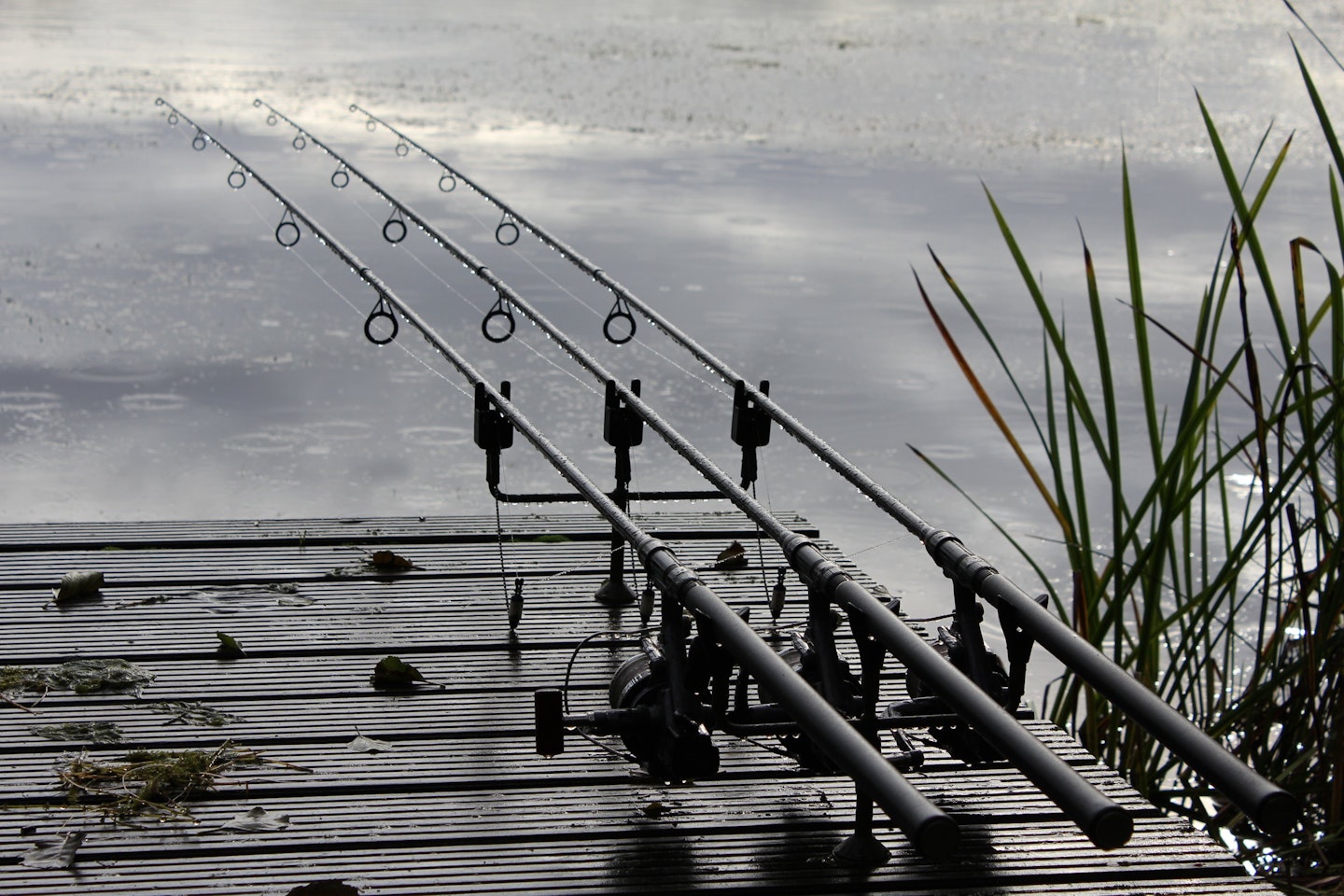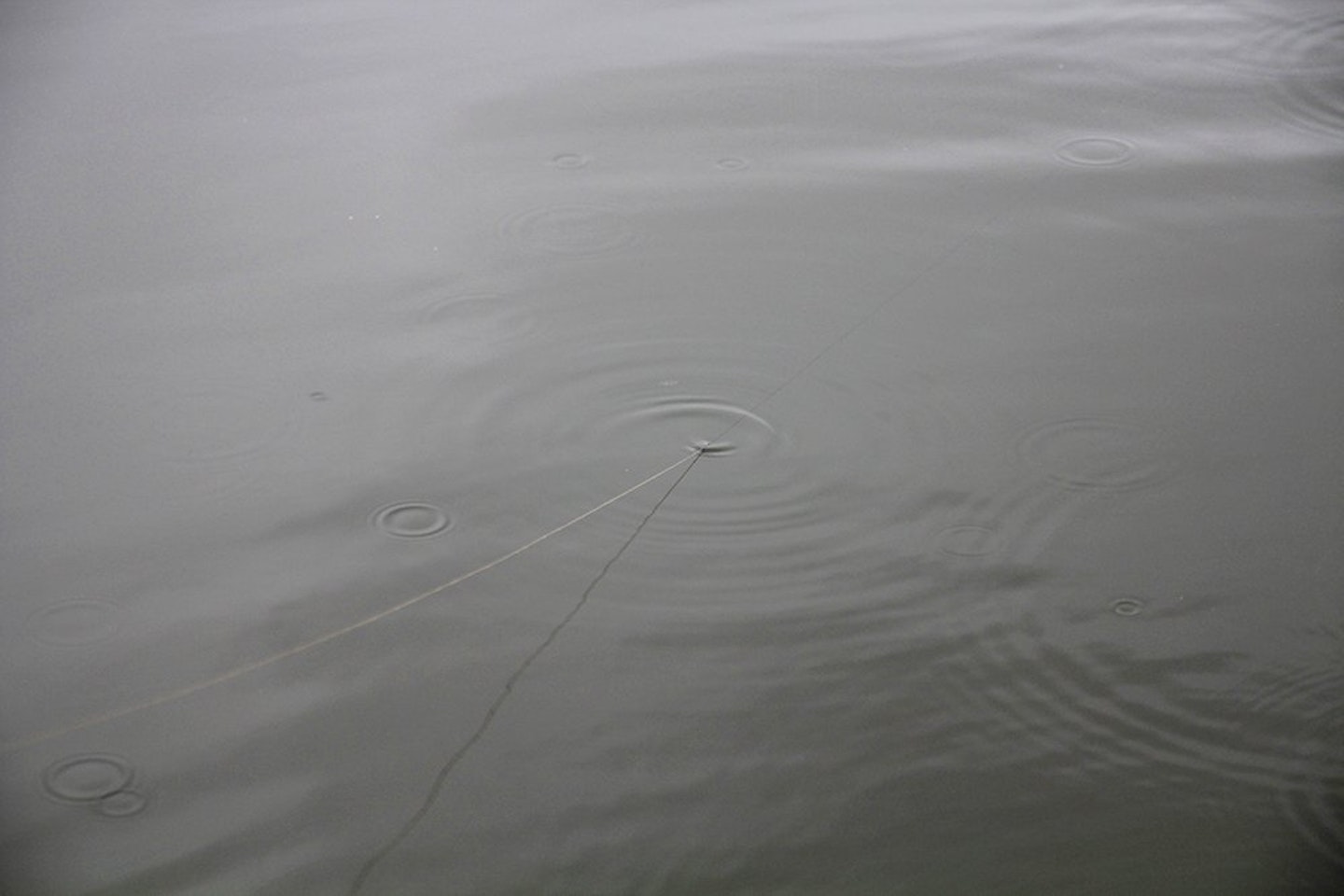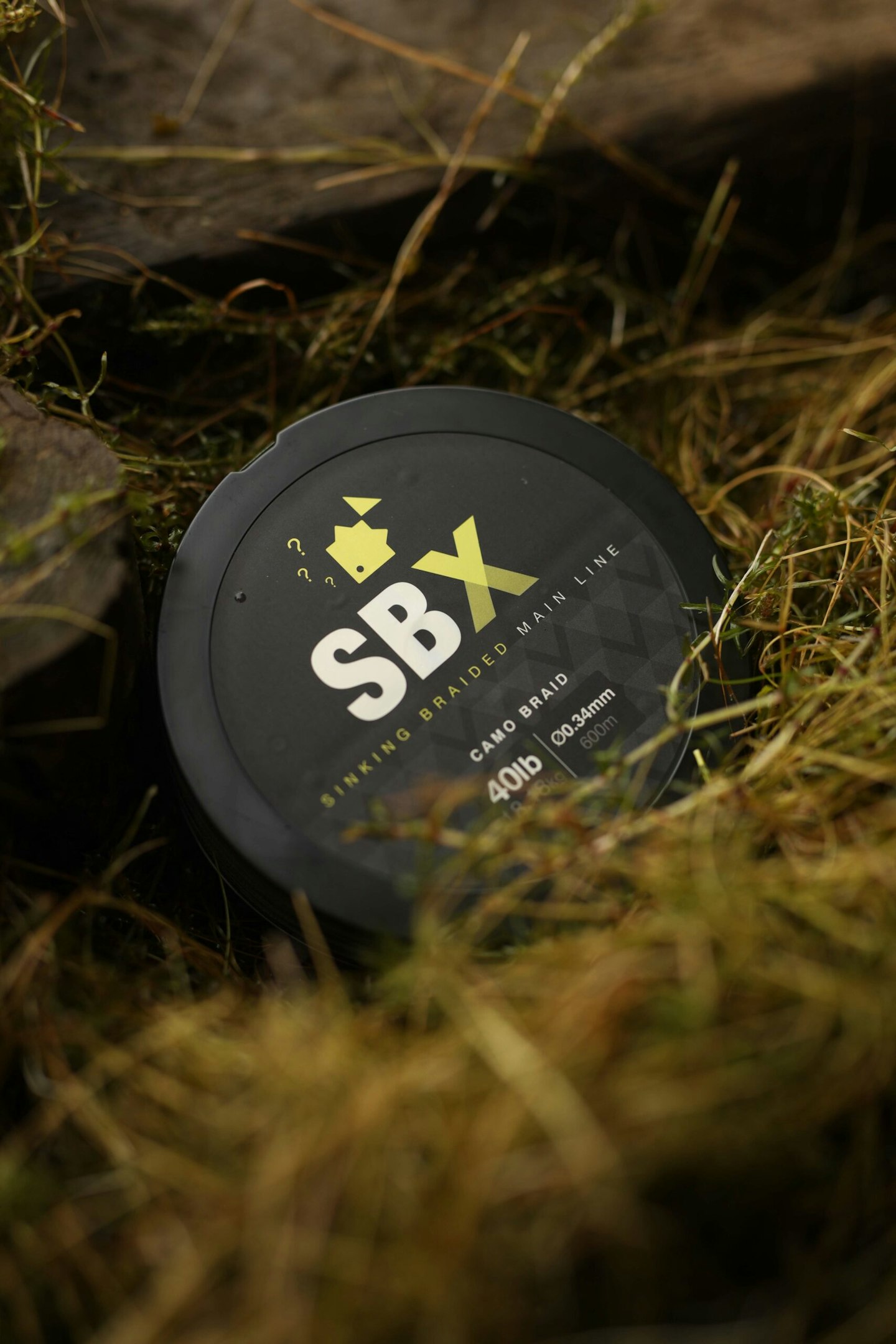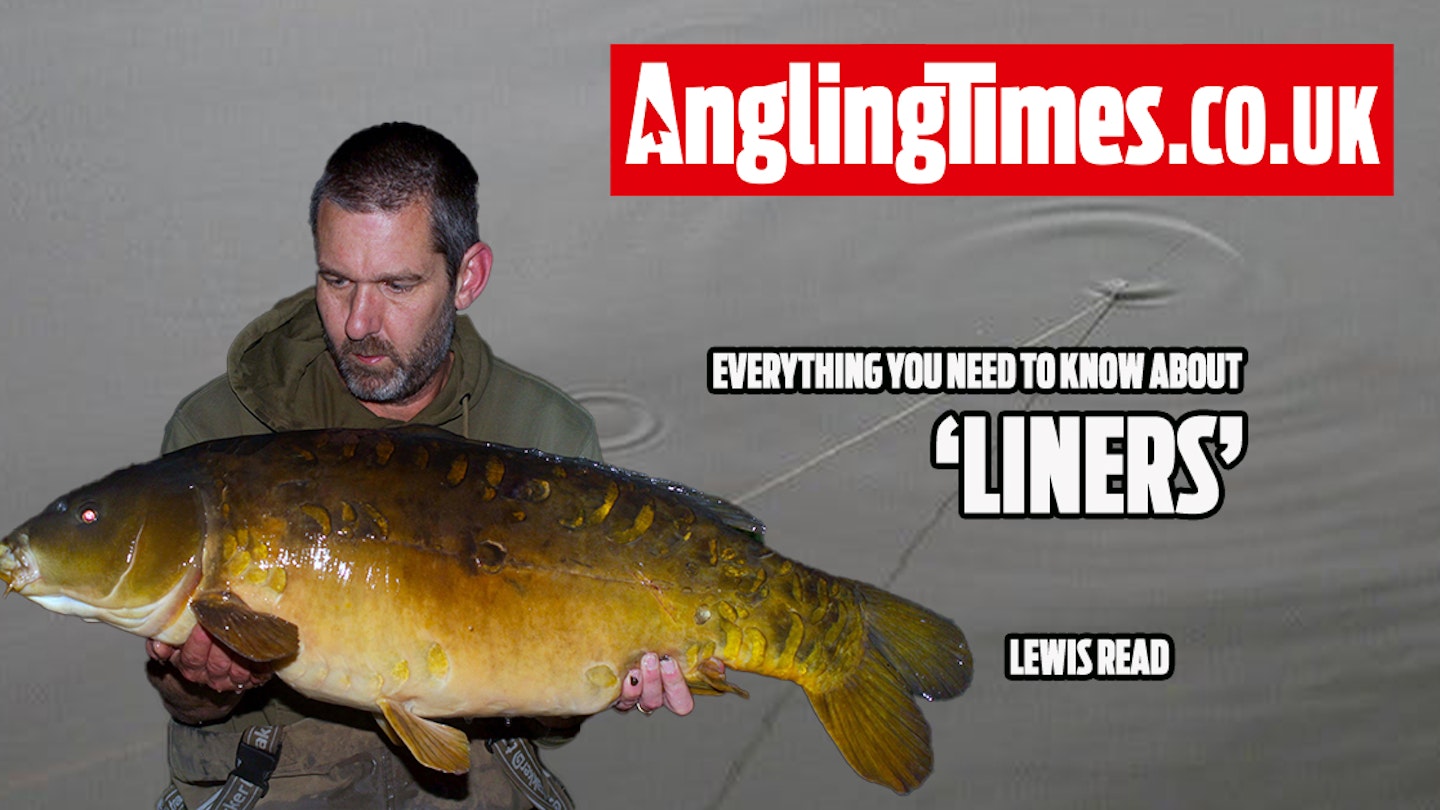Without a doubt the classic ‘self-hooking’ carp rigs we use work most efficiently with a tight line. In fact, it would be true to say that with all other factors being equal, the tighter the line is, the better! This adds up to an ‘if it bleeps it’s on’ type of fishing.
Luckily, more often than not, carp angling is so much more than a simple mechanical process. It’s all well and good fishing big bobbins clipped up tight at range, while zigging or when fishing across to snags (a best practice), you should also be acutely aware that if you’re angling with the lines like bowstrings you’ll be missing out on receiving valuable information relayed in the form of indications we call ‘line-bites’. These are bobbin lifts caused by fish swimming into the line or nudging your terminal tackle as they snuffle about the swim, sucking at any tasty morsel.
HAVE PERFECT INDICATION BY PICKING UP THE BEST BITE ALARMS IN THIS BUYER'S GUIDE.

REMOVING THE SPOOK FACTOR
Unless a tight line is pinned down to a uniform lakebed, the carp will undoubtedly be increasingly aware of its presence, especially in clear water. As with so many things in carp angling, it’s perhaps better to compromise on mechanics to maintain a discreet presence.
Allowing the line to belly down, or even lay slack to your rig, means that the line looks far more inconspicuous, and if the fish brush against it they’re less likely to feel an unnatural tension, alerting them and heightening their caution.

SENSITIVE SET-UPS
Different line and bobbin combinations may slightly alter the manner in which the bobbin reacts to the presence of carp.
For instance, while a fish nudging about on the baited spot, say 70 yards out, will give small lifts on a bobbin with both mono and fluoro, the denser fluorocarbon will rarely resettle right the way back to its original position. Sometimes, you’ll even find it’s necessary to feed out a bit more slack to resettle the bobbin and maintain the slack line lay that allows this heaviest and most discreet of mainlines the opportunity to do what it does best.
Conversely, if the fish swims through closer in, the bobbin will rise and fall a bit more energetically, normally resettling right back where it started.
Consequently, you can gain a significant insight into patrol routes, thereby focusing your observation along the line that you suspect the fish are travelling or, better still, adjust the position of hookbaits to intercept them.
GET THE BEST MAINLINES FOR YOUR FISHING BY CHECKING OUT THIS DETAILED BUYER'S GUIDE.

THREE FINGERS WILL DO
At medium range, where I often feel a truly slack line offers no benefit due to bars or weed, I favour light bobbins on a 2ins-3ins drop as the compromise, because this allows the line to settle flush across most of its convoluted journey to the rig, but maintains a bit more sensitivity/reactivity, because it is likely to be in a position where it’s more likely to be bumped into.
Random bleeps, especially in breezy weather, can be a bit of a ball ache – but finding the best balance spot for your indicators can reduce the turbulence wrought by bleepage emanating from the buzzers!
This is where the “only three fingers will do” rule comes in!
If you pull the bobbin up to the top position, the distance between the bobbin and the buzzer should be about three fingers (about 5cm). Any less (say two fingers) and the bobbin will still bleep, but any more and the bobbin’s arrangement becomes noticeably less sensitive.
WANT MORE FANTASTIC ADVICE FROM LEWIS READ? CHECK OUT THIS ARTICLE ON CARP RIGS.

LINERS VS TAKES
Some anglers understandably worry about bite indication using light bobbins and slack/semi-slack lines.
My experience is always that no matter which way the carp heads off in panic after feeling the prick of the hook, the bobbin is likely to rise in a positive, jerky manner (while liners tend to be gentler and progressive).
If the fish swims towards you the bobbin may fall back again if there’s no weed, otherwise it may pull up and stay up.
This is especially so with fluorcarbon, the weight of which ensures that it has a tendency to catch on any lumps, bumps or debris festooning the lakebed. When that happens it makes the bobbin hold up tight.
Liners on braided mainline, especially in those heavily weedy venues where the braid offers a clear benefit, are sometimes head-scratchingly confusing. Sometimes they’re classic up-down movements, but more often than not the braid never resettles back to its original position after being looped on to weed as the fish swims through it.
In truth I’m still coming to terms with this aspect. The principles are still largely the same, but braid makes it all a bit weird!
One thing’s for certain – whether it’s a pick-up or a line bite, the braid offers a rawness that leaves you in no doubt that something is going on.
Balancing the need for a discreet line-lay and picking up info from those insightful liners, against improved rig mechanics or safe angling is a question we’re faced with in every swim we fish – spot by spot and rod by rod – so careful consideration and a delicate approach is always the watchword in order that we can minimise the impact our presence has on the fish residing in our swim.
This page is a free example of the amazing content Angling Times Members get every single week. Becoming an Angling Times Member gives you access to award-winning magazine content, member rewards, our back issue archives, bonus content and more! Join our fishing community and find out more today!
